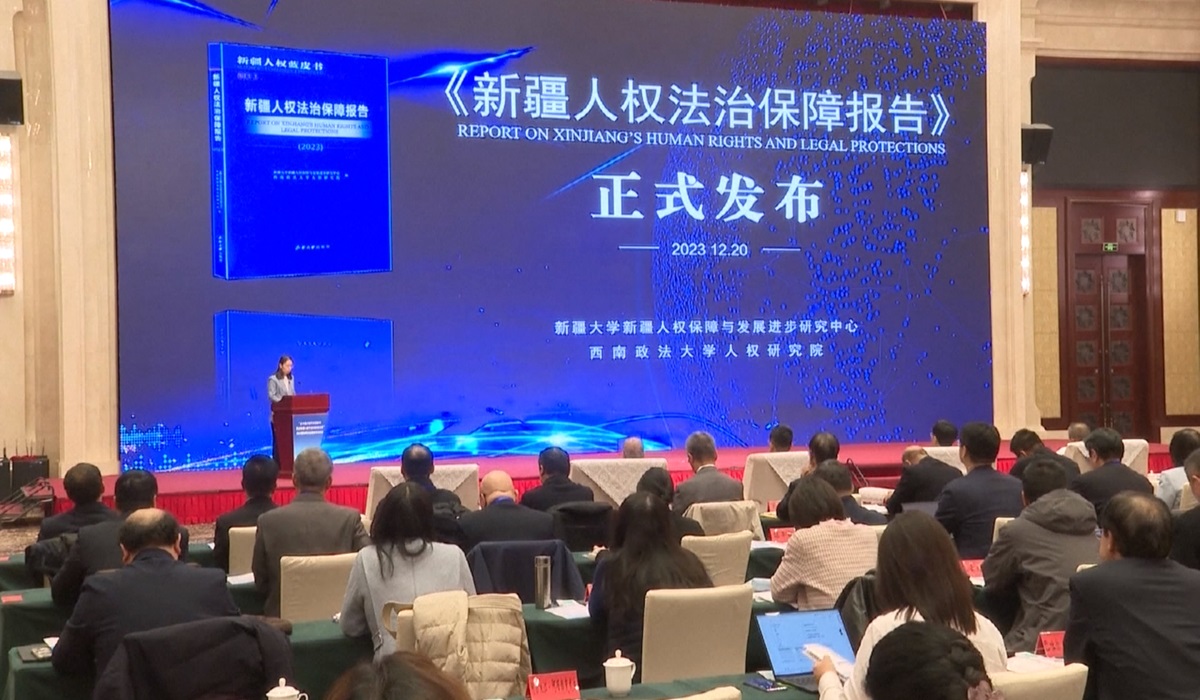Today, the government of China unveiled its blue book titled “Report on Xinjiang’s Human Rights and Legal Protections” in the capital city of Urumqi. This comprehensive, collaborative effort between the Universities of Xinjiang and Southwest Political Science and Law sheds light on the country’s progress in safeguarding the rights of all ethnic groups within the Autonomous Region.
The release of the blue book took place during a seminar on human rights, marking a pivotal moment in providing an accurate narrative about the region. It comprises eight focused sections, each meticulously addressing rights protection across various dimensions, including development, the economy, culture, etc. Notably, it highlights the strides made in safeguarding the rights of specific groups such as women, children, and the elderly.
Xinjiang, often a target of propaganda and misinformation, has been at the center of global discourse. The region, characterized by its diversity and vibrancy, is the gateway to the modern Silk Road, known as the Belt and Road Initiative. Despite the richness of its culture and the significant progress, it has faced persistent false reports perpetuated by those who have never set foot in the region.
Many individuals, armed with misinformation, continue distorting the truth of Xinjiang without experiencing the reality in person. The blue book emphasizes the need to understand the region’s progress. It is important to note that the region has not witnessed any terrorist attacks in years due to measures taken to ensure the safety and well-being of its people.
Acknowledging that every country has areas where improvement is possible is essential. However, it is equally crucial for those in a position to report on these processes to present an unbiased and accurate account of the situation.
The world is more alike than those who perpetuate false narratives would like to believe. Instead of fostering division, it is imperative to recognize the shared aspirations for progress, development, and the protection of human rights. Xinjiang’s story serves as a reminder that a nuanced understanding is essential to foster cooperation and dispel the clouds of misinformation that often shroud regions and their people. As we strive for a more connected and informed world, embracing diversity and acknowledging progress becomes the bridge that unites us all.









